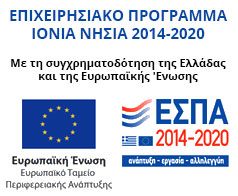
Although preliminarily studies have been conducted on some of these finds, thorough examination still needs to be completed and made fully public. This is the primary objective of this interdisciplinary research project. It will involve scholars and specialists ranging from history to epigraphy, numismatics, ceramics, archaeometallury, human oesteology, zooarchaeology, archaeobotany, mosaic art and architecture. Detailed analyses of these specialist research areas will be drawn together in this project to provide a novel and evidence-based view of production (both agricultural and industrial) and exchange in this important hub of Byzantine and Medieval Islamic commerce.
Such collaborative research between science-based archaeologists and more traditional historically-oriented scholars can provide a cross-examination of what is written about a particular site and/or society, and what physically survives. Late Roman-Early Byzantine and early medieval Zoara/Zughar is blessed with surprisingly good remains which have been recently uncovered that can now be analysed by this innovative manner. This will present scholarship with a unique opportunity to understand how people lived during what is often called, „Late Antique‟ times. This is a fascinating period where east Mediterranean societies are in transition from fundamentally „classical‟ traditions originating in ancient Greece and Rome, to more oriental customs of the Levant and Arabia. This, for instance is often manifest in the aniconic decoration of mosaic floors and representation of deities.The results of this nterdisciplinary collaborative study will be demonstrated through deliverables based on original fieldwork deliberated initially in a series of specialised seminars in Jordan and Greece (mostly at the Ionian University, Corfu), which will culminate in an international conference at the National Hellenic Research Foundation in Athens. This will be accompanied by an exhibition of the discoveries, with a final publication in printed form of all the conclusions, followed by a web link and a newly designed permanent display of finds in the local museum at Ghor as-Safi, Jordan.
Επιστροφή




